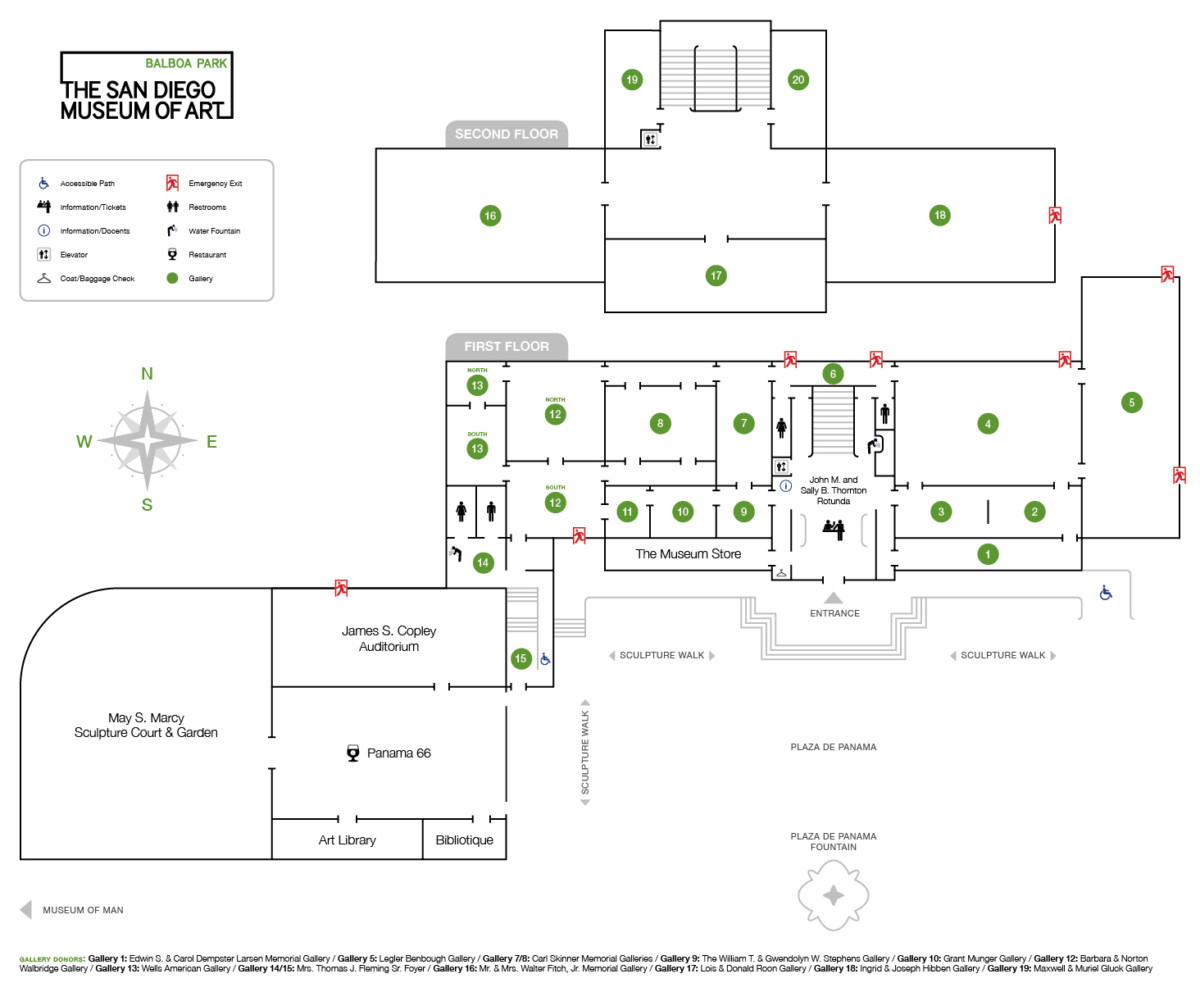1550 – 1850
This gallery highlights secular works of art, from “genre” paintings featuring scenes of daily life—including landscape, still life, and interiors—to historical subjects such as mythology and classical antiquity. While not religious in nature, many of these works have underlying symbolic and moralizing themes.
Around 1600, a dramatic shift began to take place in European painting. It was the dawn of the Baroque era, which saw the rise of naturalism (depicting things as they actually looked in nature) in response to the symmetry and idealized forms of the Renaissance. In the north, Protestantism emerged as a rival to the prevailing Roman Catholicism, while global trade and scientific advances led to greater interest in the everyday world.
Flemish painter Jan Brueghel the Elder (1568 – 1625), among the earliest innovators of landscape painting, and his Spanish peer Juan Sánchez Cotán (1650 – 1627), a pioneer of still life, inspired generations of artists. Many great painters like Rachel Ruysch (1664 – 1750) no longer needed to rely on commissions because they could sell their work in new and burgeoning open market. Throughout the Western world a broad, sophisticated, and modern world view was beginning to take shape.


